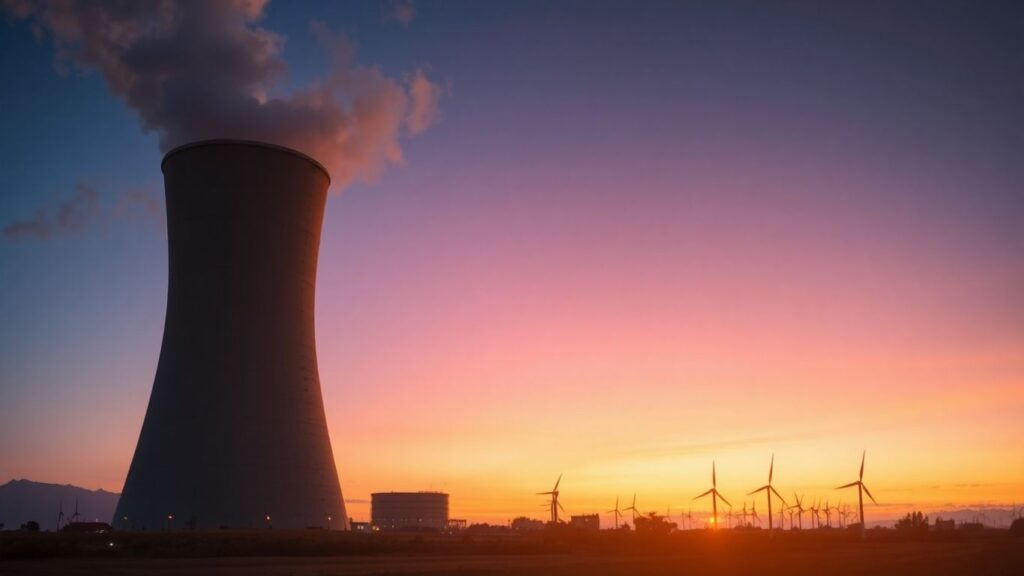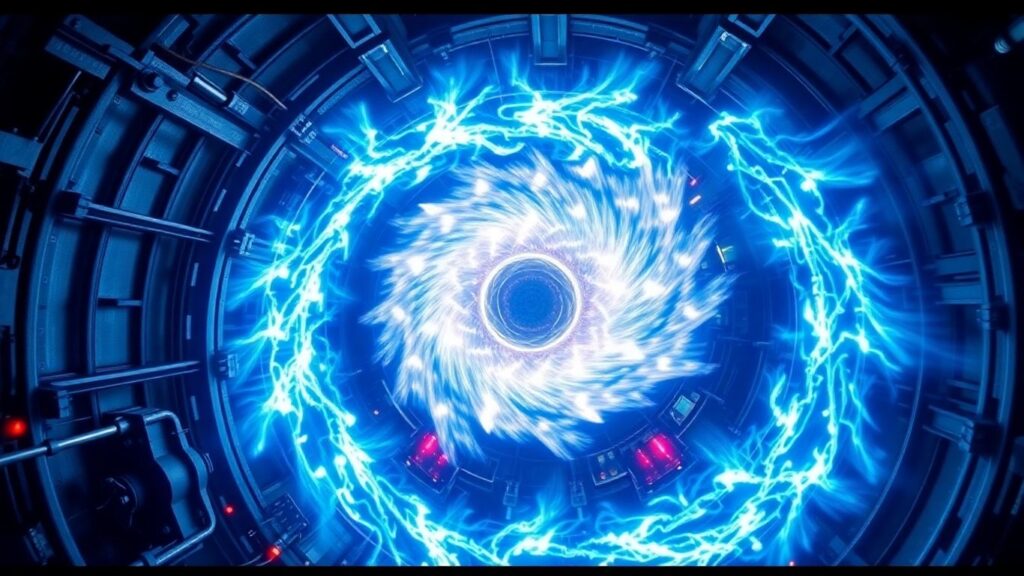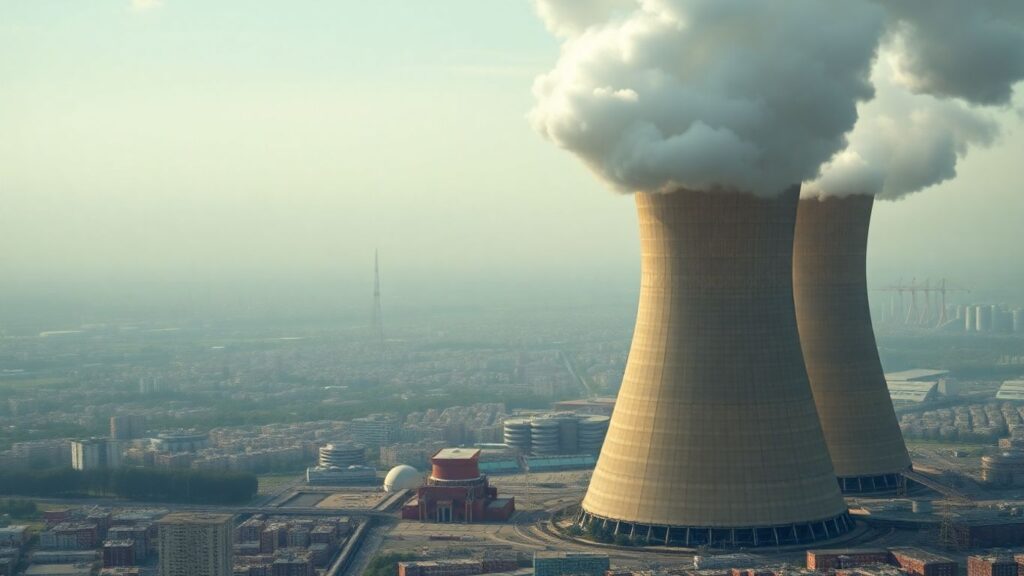The long-sought dream of clean, virtually limitless energy from nuclear fusion is inching closer to reality. Recent advancements, particularly in high-temperature superconducting magnets and streamlined regulatory processes, are accelerating the timeline for commercial fusion power plants. Companies like Commonwealth Fusion Systems are at the forefront, aiming to bring fusion energy to the grid within the next decade, potentially reshaping global energy markets and the fight against climate change.
Key Takeaways
- Commercial fusion power plants are anticipated to begin operations in the early 2030s.
- Key technological innovations, such as high-temperature superconducting magnets, are crucial for achieving sustained fusion reactions.
- Regulatory bodies are adapting to facilitate the deployment of fusion energy, treating it as less risky than traditional nuclear fission.
- Private investment in fusion technology has surged, with companies raising billions to accelerate development and commercialization.
- Fusion energy promises a clean, abundant, and reliable power source with the potential to significantly impact global economics and geopolitics.
The Dawn of Commercial Fusion
For decades, nuclear fusion has been a tantalizing prospect, promising to replicate the sun’s energy-generating process on Earth. The core concept involves heating hydrogen isotopes to extreme temperatures, causing them to fuse into helium and release vast amounts of energy. While the scientific hurdles have been immense, recent breakthroughs are shifting fusion from a distant scientific curiosity to a tangible energy solution.
Technological Leaps Forward
A critical innovation driving this progress is the development of high-temperature superconducting magnets. These powerful magnets are essential for containing the superheated plasma within a tokamak, the donut-shaped device at the heart of many fusion reactors. Commonwealth Fusion Systems (CFS) is a leader in this area, manufacturing these magnets on an industrial scale. This technological advancement, coupled with a focus on commercial viability and streamlined manufacturing, is accelerating the path to operational fusion power plants.
A Streamlined Path to Deployment
Historically, the regulatory landscape for nuclear technologies has been complex and time-consuming. However, recent policy shifts are making it easier to deploy fusion energy. The U.S. Nuclear Regulatory Commission, for instance, has adopted a regulatory framework for fusion reactors similar to that for particle accelerators, recognizing their inherent lower risk compared to fission reactors. This streamlined process is vital for enabling the rapid commercialization of fusion power.
The Rise of Private Investment
The fusion energy sector has seen a dramatic influx of private capital in recent years. Driven by the potential for a massive market and the promise of clean energy, investors have poured billions into fusion startups. CFS, for example, has secured significant funding, positioning itself to potentially deliver power to the grid in the early 2030s. This private investment is crucial for scaling up the technology and building the necessary infrastructure.
Economic and Geopolitical Implications
The advent of commercial fusion power holds profound implications. It offers a path to energy abundance, potentially lowering energy costs and curbing inflation. Furthermore, fusion could reshape global geopolitics by reducing reliance on fossil fuels and providing a clean energy source for developing nations. The potential economic impact is staggering, with estimates suggesting trillions of dollars in global GDP growth.
Sources
- A Nuclear Fusion Breakthrough May Be Closer Than You Think, Time Magazine.
- Is the world ready for the transformational power of fusion?, The World Economic Forum.












